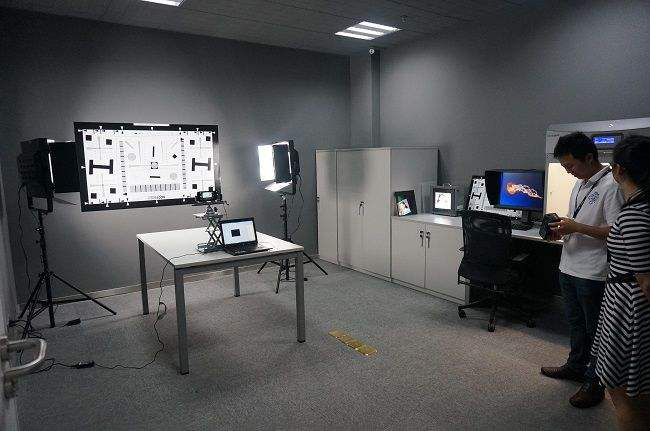As dash cams become increasingly popular for vehicle safety and surveillance, consumers often face the choice between different resolution options, namely 4K and FHD (Full High Definition). Understanding the differences between these two formats is crucial for making an informed decision. In this article, we will explore the distinctions between 4K and FHD dash cams in terms of resolution, image quality, storage requirements, and overall performance.
Resolution:
The primary difference between 4K and FHD dash cams lies in their resolution. 4K resolution, also known as Ultra High Definition (UHD), offers a significantly higher pixel count than FHD. While FHD dash cams typically record at 1920x1080 pixels, 4K dash cams boast a resolution of 3840x2160 pixels. As a result, 4K dash cams capture more detail and clarity, providing sharper and more immersive footage compared to FHD dash cams.

Image Quality:
Due to its higher resolution, 4K dash cams deliver superior image quality with finer details, richer colors, and enhanced clarity. This improved image quality is particularly beneficial for capturing license plate numbers, street signs, and other critical details in recorded footage. On the other hand, FHD dash cams offer good image quality suitable for most everyday recording needs but may lack the level of detail provided by 4K resolution.
Storage Requirements:
One of the drawbacks of 4K dash cams is their increased storage requirements compared to FHD dash cams. Higher resolution footage consumes more storage space, resulting in larger file sizes. As a result, users of 4K dash cams may need to invest in larger capacity memory cards or more frequent data transfer to accommodate the larger files. In contrast, FHD dash cams offer a more manageable storage footprint, making them a practical choice for users concerned about storage limitations.

Overall Performance:
In terms of overall performance, 4K dash cams excel in capturing crisp and detailed footage, especially in high-contrast and low-light conditions. Their superior image quality makes them ideal for professional use, such as capturing scenic drives or recording evidence for legal purposes. However, the increased storage requirements and higher cost of 4K dash cams may deter some users. FHD dash cams, while offering slightly lower resolution, still provide reliable performance and sufficient image quality for most everyday recording needs at a more affordable price point.
Conclusion:
In summary, the difference between 4K and FHD dash cams primarily lies in resolution, image quality, storage requirements, and overall performance. 4K dash cams offer unparalleled detail and clarity, making them ideal for professional applications and users who prioritize image quality. However, they come with increased storage demands and higher costs. On the other hand, FHD dash cams provide reliable performance and good image quality at a more affordable price, making them suitable for everyday use. Ultimately, the choice between 4K and FHD dash cams depends on individual preferences, budget, and specific recording needs.
 Having over ten years of experience in the manufacturing of tachographs
Having over ten years of experience in the manufacturing of tachographs
 Provide over 20 private mold designs, focusing on independent research and desig
Provide over 20 private mold designs, focusing on independent research and desig
 Over 10 years of R&D and QC experience
Over 10 years of R&D and QC experience